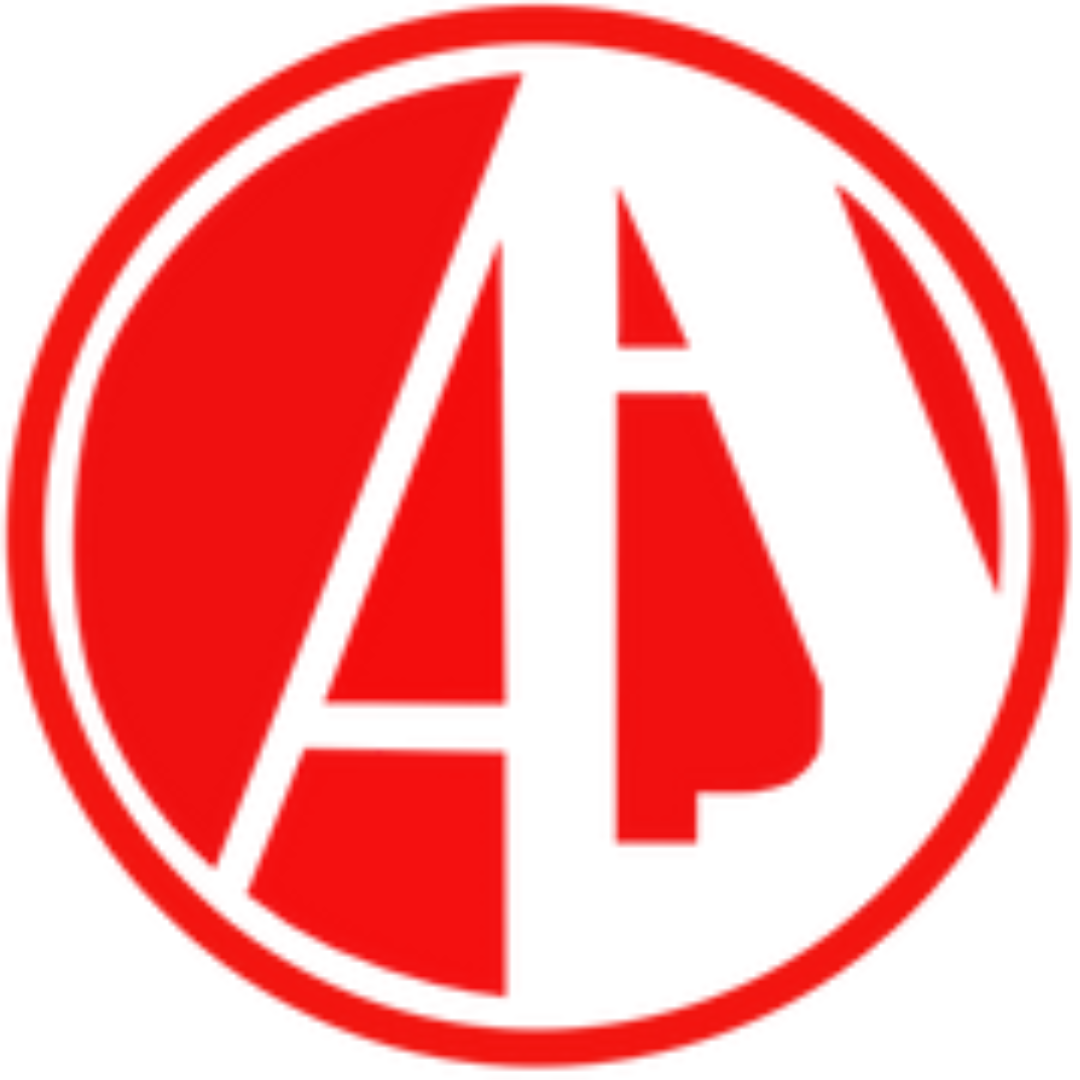The Welding Techniques program at Sault College provides students with the knowledge and skills required to become entry-level welders. Here are the key aspects of the program:
Welding Processes: Students learn various welding processes, including shielded metal arc welding (SMAW), gas metal arc welding (GMAW), flux-cored arc welding (FCAW), and gas tungsten arc welding (GTAW). They study the principles, techniques, and equipment used in each welding process.
Welding Safety: The program emphasizes the importance of welding safety practices. Students learn about personal protective equipment (PPE), proper ventilation, fire prevention, and hazard identification. They understand how to work safely in a welding environment, minimizing the risk of accidents and injuries.
Welding Theory and Blueprint Reading: Students study welding theory and principles, including metallurgy, heat control, welding symbols, and reading and interpreting blueprints. They gain knowledge of welding symbols, welding joint designs, and welding specifications. This prepares them to understand and follow welding procedures and specifications in practical applications.
Welding Techniques and Skills: Students develop practical welding skills through hands-on training. They learn how to set up welding equipment, perform various welding techniques, control heat input, and produce quality welds. Students practice welding on different materials and joint configurations, gaining proficiency in welding positions such as flat, horizontal, vertical, and overhead.
Welding Inspection and Quality Control: The program covers welding inspection and quality control principles. Students learn about non-destructive testing methods, such as visual inspection, liquid penetrant testing, and magnetic particle testing. They understand how to assess weld quality and identify defects, ensuring adherence to industry standards and specifications.
Welding Codes and Standards: Students familiarize themselves with welding codes and standards, such as those established by the American Welding Society (AWS) and the Canadian Welding Bureau (CWB). They learn how to interpret and apply welding codes and standards in welding projects, ensuring compliance with industry regulations.
Welding Equipment and Maintenance: Students gain knowledge of welding equipment, including welding machines, electrodes, filler materials, and shielding gases. They learn how to operate and maintain welding equipment, troubleshoot common issues, and perform routine maintenance tasks.
Welding Applications: The program may cover welding applications in various industries, such as manufacturing, construction, automotive, and pipeline. Students explore different welding applications and understand the specific requirements and techniques associated with each industry.
Upon completion of the program, graduates can pursue entry-level positions as welders in industries that require welding services. They may find employment in fabrication shops, manufacturing companies, construction sites, or maintenance and repair facilities.
Show less













